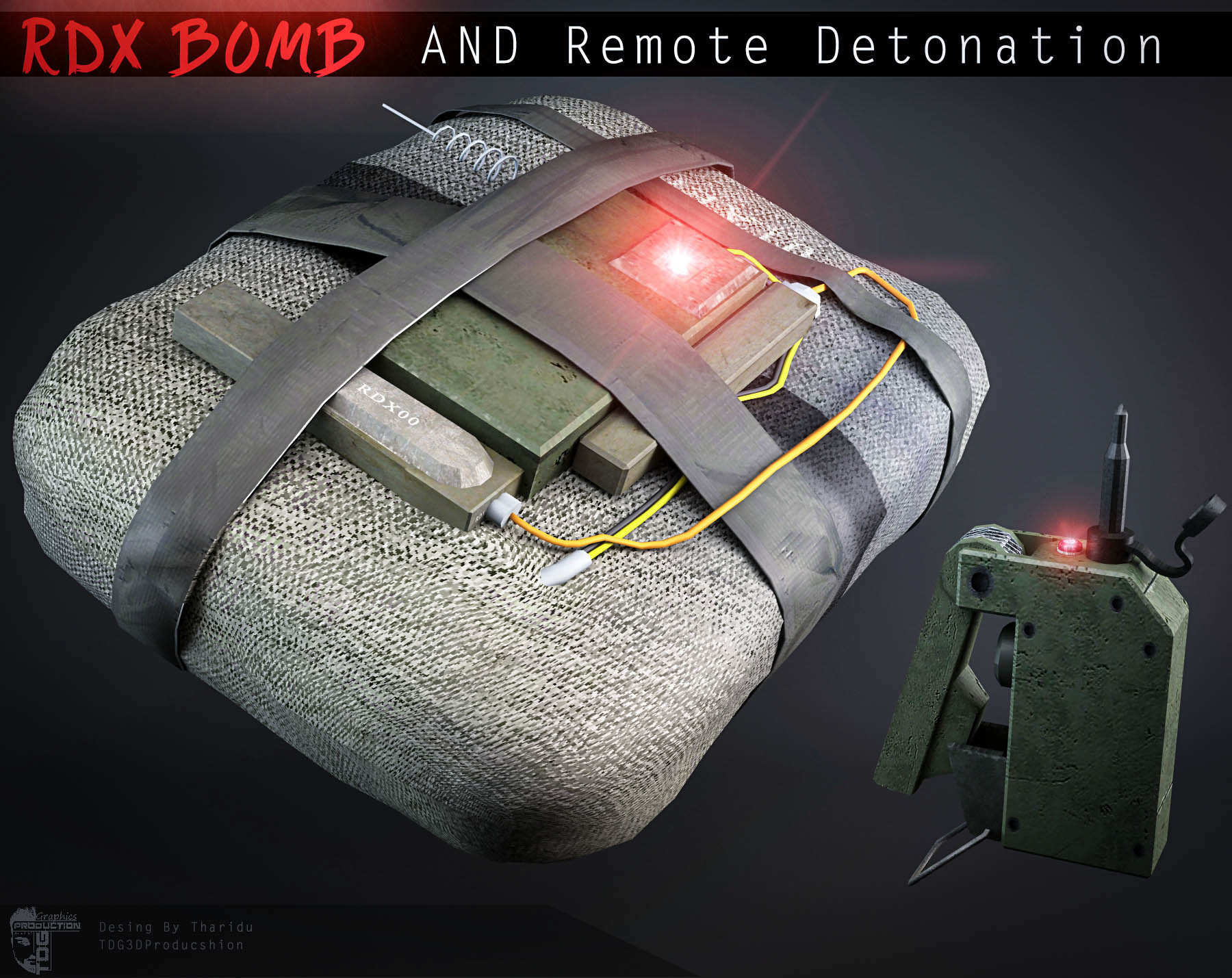
Police have linked two Iranian nationals in custody with members of the Quds Force — an elite unit of Iran’s Revolutionary Guard that carries out covert foreign missions, including terror attacks.
However a diplomatic row is said to have erupted after it emerged that there were plans by a high profile Iranian diplomat to sneak the two who were found in possession of lethal explosive identified as RDX and were accused of planning a terror attack.
RDX is a more energetic explosive than TNT,and was used widely in World War II and remains common in military applications.

Iranian ambassador based in Kenya has since denied claims that he tried to free two suspects linked with high profile terror attempt few years ago.
The ambassador however admits meeting two people who are alleged to have proposed a juicy deal that defrauded him of an unknown amount of money on the pretext that they could secure the release of the suspects — Ahmad Abolfathi Mohammed and Sayed Mansour Mousavi — but denies doing business with the two men.

Dr Hadi Farajvand, Iran’s ambassador to Kenya, speaking at the country’s embassy in Nairobi
(DCI) arrested the two suspects alleged to have defrauded ambassador Hadi Farajvand are said to have introduced themselves as senior Interior ministry officials who could secure the release of Iranian nationals Ahmad Abolfathi Mohammed and Sayed Mansour Mousavi who are in police custody pending a decision by the Supreme Court on whether to release them or not.
According to the police, the strateg involved a top Iranian diplomat, a Kenyan lawyer, a Ghanaian national and a reward of Sh15 million if they succeeded to “safely evacuate” the two, Ahmad Mohammed and Sayed Mousavi, from the grip of Anti-Terrorism Police Unit (ATPU).

According to investigators, the plan also involved an unnamed well-connected individual who was ready to act on instructions from a top Iranian diplomat to secure their escape.
Two air tickets, for Mohamed and Mousavi, had been purchased and temporary Iranian passports produced in readiness for their escape and to facilitate their safe flight back home.
At the centre of the escape bid were prisons officer Wesley Kiptanui Kipkemoi, lawyer Robin Bundi Nyangaresi and Ghanaian Shemgrant Agyei, who the prosecution claimed were recruited by the Iranian official to free the duo.
In the saga that began in 2012, Mr Mohammed and Mr Mousavi claimed they had come to the country as tourists when they were arrested.

Mr Busolo said investigations revealed that Kipkemoi was introduced to the Iranian diplomat between May and June last year by a friend named A Okello. “Kipkemoi then met the senior diplomat at a local hotel and later at the Iranian Embassy, where he was introduced to a man named Noor. They followed with other meetings at a hotel in the CBD, where they agreed to rope in the other men,” swore Busolo.

The Iranian diplomat had allegedly told Kipkemoi he had instructions from his home country to secure Mohamed and Mousavi’s escape for Sh15 million without the embassy’s involvement being discovered.
Kipkemoi sought the assistance of Nyangaresi, an advocate of the High Court, who told him he had well-connected people to execute the job.
They also roped in Agyei, who told the diplomat to ensure air tickets and temporary passports were ready for the planned escape on February 11.